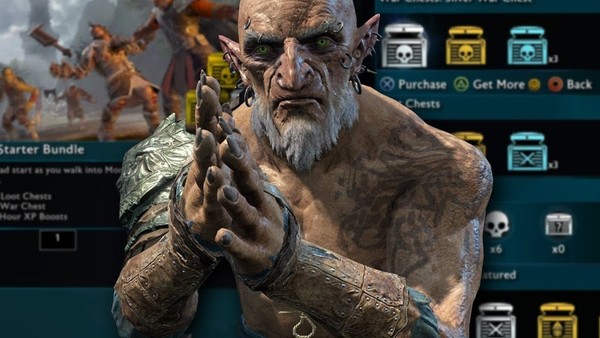10 Ways Gaming Is Better (And Worse) Than Ever
1. Better & Worse - Product Pricing, Monetisation Methods & Development Cost

For the consumer, the price of a game hasn't changed. Cartridges back in 1990 were $50, just as a full price game circles around that figure today. You're getting way, WAY more value for that money by comparison - like literally, Super Mario Bros. half hour playthrough cost you the same at retail as 600 hours worth of The Witcher 3.
Inflation puts those older prices at closer to $90-$100 through inflation too, so really, we're getting a stupid amount of bang for our buck.
HOWEVER, game development costs have mutated far out of proportion. Mainly because of all the aforementioned factors involving wanting to build the biggest games for the most players with the most accessible, quality-tested mechanics, the average cost of development is around of $80 million. It was $10 million back on the PS3 and Xbox 360, yet the whole time, that street price hasn't changed.
Developers and publishers certainly feel the need to deliver on some lofty expectations put on them from years of consumers wanting to see the best-looking games and most powerful software, leading to everybody's favourite: DLC and microtransactions.
On the one hand, budgets needs to be reigned in with consumer interest and hype mandated alongside, yet on the other, the biggest experiences possible should be made... yet they require a source of income outside of just one-off purchases.
We can't have it both ways, and simultaneously, it makes the industry better and worse than yesteryear simultaneously.